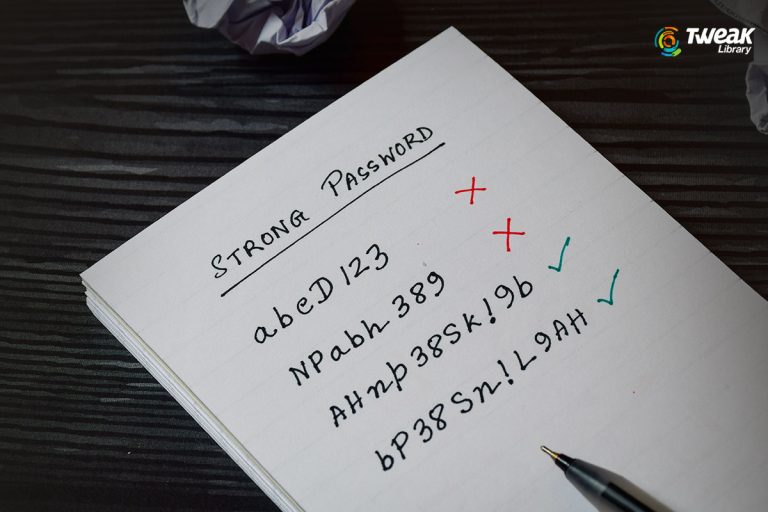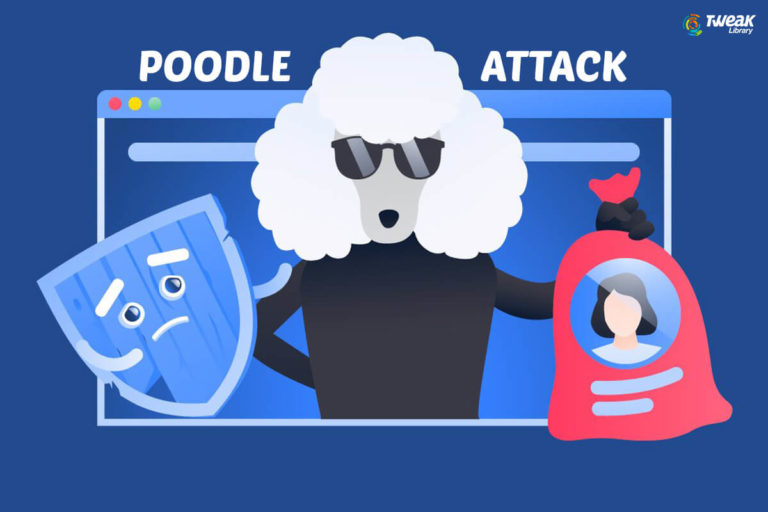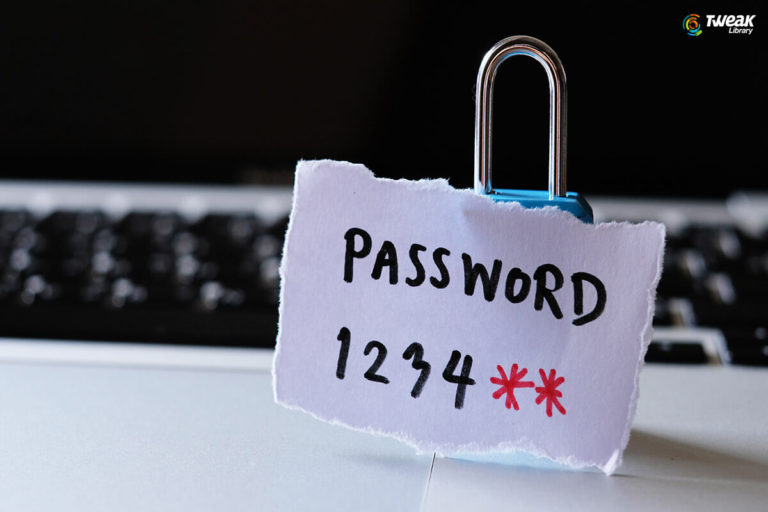Business data is critical to an organization’s ability to successfully maintain a competitive advantage. The massive amount of information contained in a normal business environment is vital to the operation of the organization and maintaining adequate security controls for access to that information is a major responsibility of business owners and managers.
Vital business confidential information in the wrong hands can cripple an organization. We’ve all heard the horror stories about companies that lost critical business data or customer information records through malicious activities. These incidents can have a significant negative impact on individuals and can cost the companies millions in lost revenue or retribution-in addition to the negative press.

Security threats from outside the organization normally receive most of the attention in the media. Examples of credit card and identity theft cases are in the news constantly. These events are typically the result of companies that fail to maintain tight security controls on customer information.
The GAO reported that Department of Defense computer systems experience hundreds of thousands of attacks from outside hackers every year. The report suggested that while government computer systems may present a more popular target, corporations also receive a multitude of hacker attacks. Businesses that fail to provide adequate security protection are prime targets for external threats.
Most external security threats emerge from a company’s Internet connection or through email Trojans and viruses. Firewalls are designed to prevent external network entry, but hackers can gain access through these secure devices. Antivirus applications can prevent attacks from email threats, but proper configuration and proactive updates must occur to minimize potential threats.

Also Read : Data Protection Tips For Users & Businesses
Network intrusion detection tools and antivirus applications were historically programmed to watch for suspicious activity and send out alerts of suspicious activity inside the network. The focus more recently is to implement proactive intrusion detection and antivirus packages that detect security violations and automatically take evasive action to eliminate the threats.
Despite the focus on external security threats, the overwhelming majority of data security incidents are inside jobs. In other words, the person most likely to break into a corporate payroll or customer information database is not an external hacker, but an internal manager or employee.
Internal security breaches are less likely to receive media attention, as businesses tend to keep these attacks from the public. As a result, an accurate assessment of the actual number of internal security violations is difficult.
Prevention is key when it comes to internal security. Internal security threats and risks come from acts committed out of human error, greed, malcontent, machine error or accident. Unauthorized access to confidential data is the most common threat to security, and usually occurs when people see information they shouldn’t. With telecommuting, mobile applications and Internet browser-enabled applications on the rise, it’s now more important than ever to provide adequate security features to enable the business to function.
Business management is tasked with the responsibility of guarding the corporate data against security threats. It is imperative for organizations to implement documented, clearly stated security policies and guidelines that provide adequate security controls and processes for both internal threats and external attacks.

Proper implementation of a valid security policy requires adherence to procedures and processes. Areas of concern include customer information, payroll, inventory, pricing, and corporate strategy information. Access and restrictions to the critical information areas requires management awareness and communication to corporate end users.
Security policies should include specific information such as not giving out usernames and passwords, using other employees’ passwords, specific critical data areas that are restricted and why, and Email messaging restrictions.
Restricted access to confidential information is essential to prevent information from getting into the wrong hands. Business managers and IT staff have the responsibility to safeguard data-not the right to have access to it. There’s a fine line to providing the availability of data for users without providing access to more than they need.
Security aspects of a business can cause dissimilar goals between end users and management. Users want access to information quickly and seamlessly to provide day-to-day business functions, and management must ensure they only have access to the information they are allowed to – and no more. A recommended approach to maintain a successful internal security control is to develop profiles of data accessibility and keep audit trials of who gained access to what information.
Some organizations have well-established written security policies that all users are required to sign and agree to abide by, while other companies simply rely on a trust basis that users will act in an appropriate manner regarding corporate information. More attention is necessary on the formality of prevention.
Read Here : What Can Businesses Learn From Data Breaches?
External security threats will remain in the forefront of concern for businesses. However, businesses must also focus on taking appropriate measures to prevent internal threats to provide the total business data security solution.






Leave a Reply